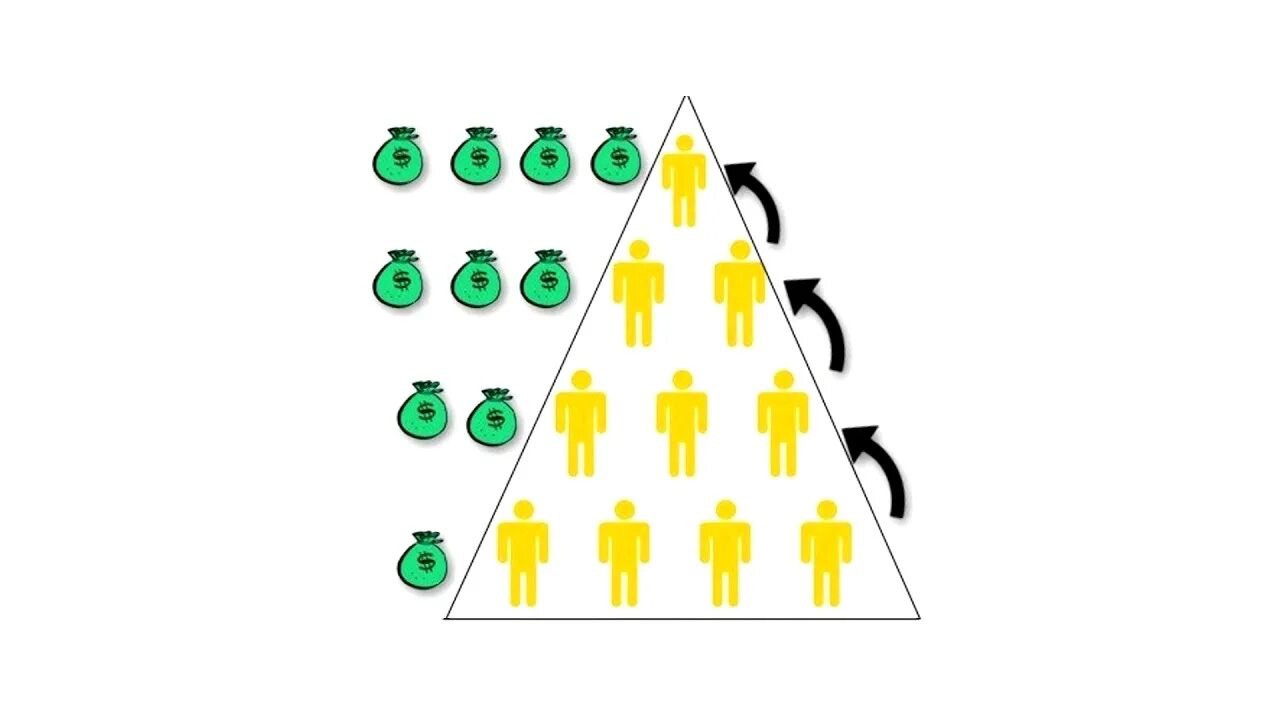A Ponzi scheme in cryptocurrency is a financial scam where funds from new investors are used to pay previous participants. Unlike real investment projects, such schemes lack a sustainable business model and inevitably collapse when the influx of new investors decreases.
Fraudulent cryptocurrency projects often disguise themselves as promising startups, but their main goal is to attract the maximum amount of funds before the crash. In such schemes, organizers may initially pay the promised returns, creating an illusion of reliability, but in the long term, victims inevitably lose the money they invested.
Main signs of a cryptocurrency pyramid:
- Promise of guaranteed high returns. Legal investments always involve risks, whereas scam projects guarantee stable payouts regardless of market conditions.
- Lack of a real product. Many fraudulent platforms claim to have innovative technology or a token but actually offer no useful service or product.
- Non-transparent structure. Organizers hide the actual project management and financial reports.
- Active referral program. Cryptocurrency pyramids often use multi-level marketing, encouraging investors to attract new participants.

How to distinguish a Ponzi scheme from a real crypto project
You can distinguish a fraudulent scheme from a legal project by several factors.
- Financial model. Genuine investment projects make profits through market activity, trading, staking, or mining. Cryptocurrency pyramids, however, are built on reallocating funds among investors.
- Regulation and licensing. Legal companies are registered in jurisdictions with transparent laws, and their activities can be verified in financial organization registers. Scam projects avoid oversight by registering in offshore zones or remaining completely anonymous.
- Technical documentation. Real blockchain projects have detailed whitepapers describing their operational mechanisms. Cryptocurrency pyramids publish superficial presentations with generic statements.
- Openness of developers. Honest companies have a public team with real reputations. Organizers of Ponzi schemes hide their identities or use fake personas.

Examples of major cryptocurrency pyramids
In recent years, many fraudulent schemes based on the principles of a financial pyramid have been identified:
- BitConnect – the project promised daily returns from cryptocurrency trading, but turned out to be a classic Ponzi scheme. After its closure in 2018, investors lost millions of dollars.
- OneCoin – one of the largest cryptocurrency scams where victims invested over $4 billion. In reality, the project did not have its own blockchain network, and all its operations were based on attracting new participants.
- PlusToken – a Chinese platform operating as an investment wallet. After its closure, the organizers disappeared with $2 billion.
Many scam projects continue to operate, offering new ways to engage users. They adapt to market trends, creating an appearance of legitimacy.

Development of cryptocurrency pyramids and new scam schemes
Scammers adapt to changes in the crypto industry, creating new mechanisms for attracting funds. Modern Ponzi schemes disguise themselves as DeFi platforms, staking programs, and NFT projects.
- Fake tokens and ICOs. Scam projects issue their own tokens without real value, artificially inflating their price, and then crash the market.
- False DeFi platforms. Some schemes promise high returns for staking, but in reality, user funds simply disappear.
- Liquidity manipulation. Scammers create the appearance of active trading to attract investors, then withdraw the funds.
It is essential to thoroughly check any investment proposals and not trust projects offering guaranteed returns without real justifications.

How to protect yourself from cryptocurrency scams
To avoid losses, you need to follow a few simple rules:
- Research the project before investing. Check documentation, information about developers, and registration details.
- Do not trust unrealistic promises. High guaranteed returns without risk are a clear sign of fraud.
- Analyze income mechanisms. If earnings are based solely on attracting new participants, it's a financial pyramid.
- Check reviews on independent resources. It's worth exploring expert opinions, not just relying on the project's promotional materials.
A reasonable approach to investments will help avoid participating in fraudulent schemes and preserve funds.




